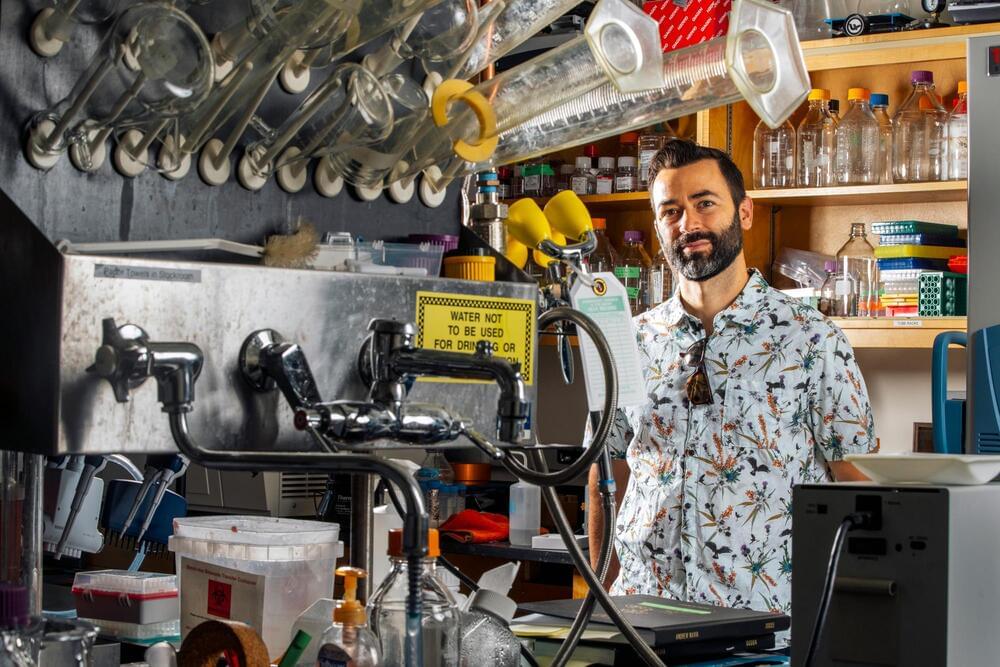Within a given tissue or organ, cells may appear very similar or even identical. But at the molecular level, these cells can have small differences that lead to wide variations in their functions.
Alex K. Shalek, an MIT associate professor of chemistry, relishes the challenge of uncovering those small distinctions. In his lab, researchers develop and deploy technologies such as single-cell RNA-sequencing, which lets them analyze differences in gene expression patterns and allows them to figure out how each cell contributes to a tissue’s function.
“Single-cell RNA-sequencing is an incredibly powerful way to examine what cells are doing at a given moment. By looking at associations among the different mRNAs that cells express, we can identify really important features of a tissue — like what cells are present and what are those cells trying to do,” says Shalek, who is also a core member of MIT’s Institute for Medical Engineering and Science and an extramural member of the Koch Institute for Integrative Cancer Research, as well as a member of the Ragon Institute of MGH, MIT and Harvard and an institute member of the Broad Institute of Harvard and MIT.
